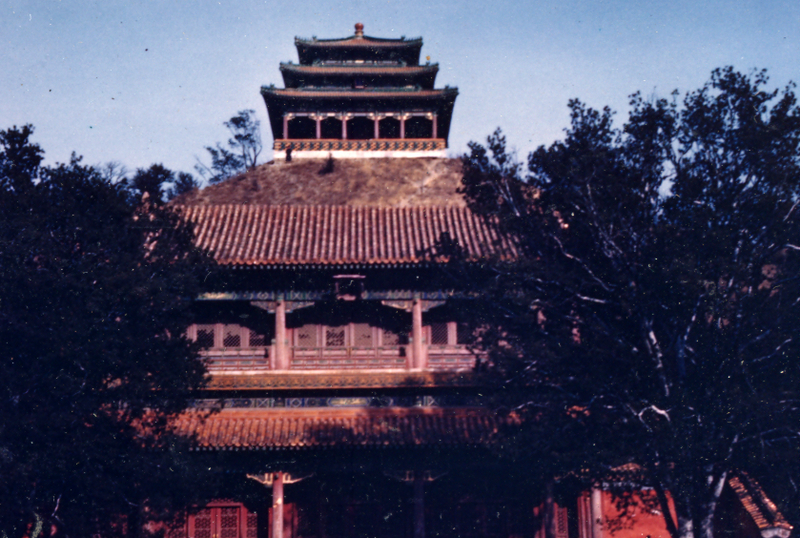
Background
The 1931 Japanese invasion of Manchuria began a chain of events that led to the eventual communist overthrow of China in 1949. For years, the Nationalist government of Chiang Kai Shek had worked to suppress rebellions by the Chinese Communist Party (CCP). The government was effective in defeating communist forces. The resulting period of retreat, commonly referred to as the Long March, marked the rise of Mao Ze Dong as a leader of the Communist movement in China.
In 1937, Nationalist forces, eager to drive the Japanese from Manchuria, began a series of engagements against them. The Japanese took this opportunity to expand their foothold in China and, within two years, had taken over most of the larger cities in eastern China. Japanese bombing of Chinese cities and atrocities against civilians led to an enormous loss of life. Driven out of the most prosperous parts of China, the government was unable to fund and support an organized resistance against the Japanese. As support for Chiang waned, the Nationalist government became increasingly ineffective and hostile towards the Chinese people.
Where Nationalist forces continued to be weakened from engagements with the Japanese, communist forces grew in size and support from the more rural parts of unoccupied China. Guerilla attacks by the CCP against the Japanese gave the perception that they were a more effective option. By the end of the war, the CCP enjoyed popularity in large parts of China.
By 1944 the United States was finally in a position to provide aid to China in the form of money and equipment. Trying to balance competing concerns of winning the war and avoiding communist gains in China the US government simultaneously provided most of its support to Nationalist forces and attempted to negotiate a peace agreement between them and the CCP. By the time the Japanese forces in China surrendered on September 2, 1945 the two groups were ready to resume a full-scale civil war.
In the context of the emerging post-WWII conflict between the Soviet Union and the United States, the Chinese Civil War presented a challenge to US politicians. When, on October 1, 1949, the People’s Republic of China was officially created plenty of blame went around. This inquiry presents several documents to explore the question, “Who lost China?”
These questions are not unique to this time period. While engaging in an active foreign policy after World War II United States’ leaders have faced difficult choices. Can the United States pick sides in a conflict with no ideal partner? What were the risks of not picking a side? Is the United States even capable of influencing the outcome of foreign conflicts? These questions ring as true today as they did in 1950.
Timeline of key events:
1921| Chinese Communist Party founded in Shanghai
1926-27 | Nationalist Party and Communist Party work together in the Northern Expedition to get rid of warlords in China
1927 | Nationalists turned on the Communists in the White Terror, attempting to purge this group from China.
1931 | Japanese Invasion of Manchuria
1945 | Nationalist forces flown into Manchuria to accept Japanese surrender. Nationalist and Communist forces sign a truce for plans for a coalition government to rule China after the war.
1946 | Nationalist and Communist forces are fighting an all-out civil war in China. George Marshall is sent to China to try to broker an agreement between the two sides.
1947 | Nationalist forces begin to look at Taiwan as a place of retreat in the event they lost the civil war.
August 1949 | Truman administration published the “China White Paper” outlining the administration’s policy towards China.
October 1, 1949 | Mao Ze Dong declares the creation of the People’s Republic of China
1950 | US becomes involved in Korean conflict, next door to China
Key Question
Who lost China?
Directions
Materials